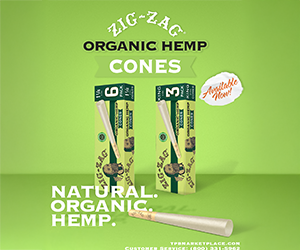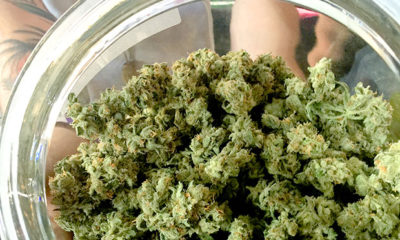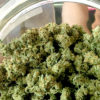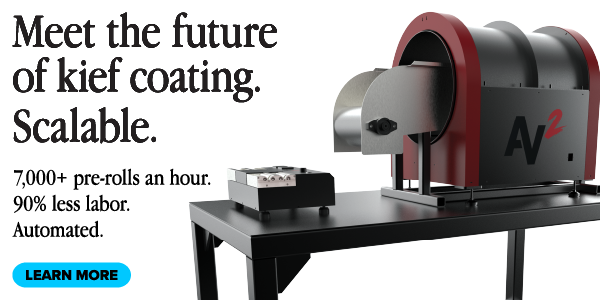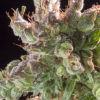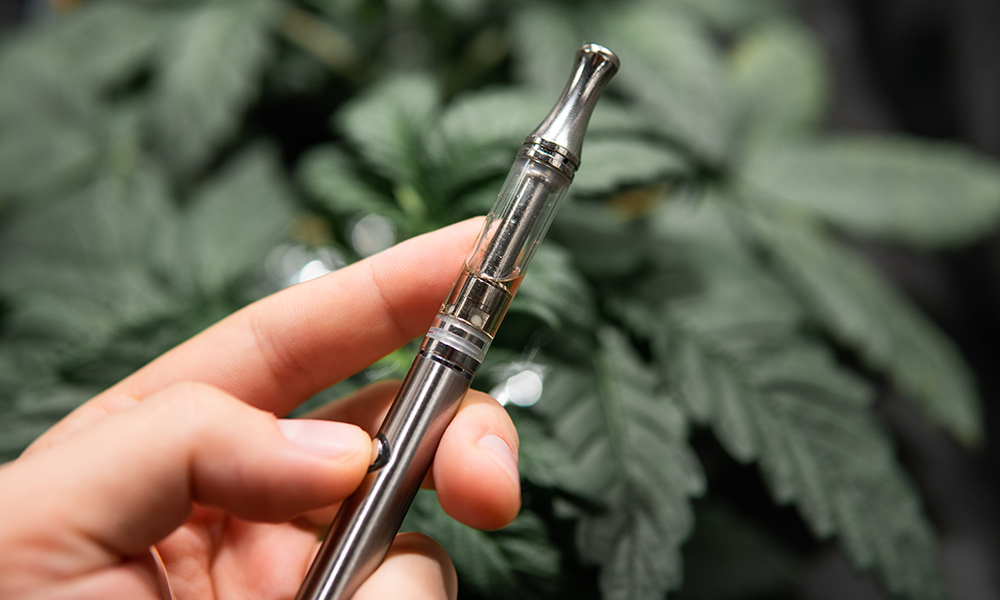
Medical
Do You Know What’s in Your “Legal” CBD or THC Vape?
Solvents, synthetic cannabinoids, and GHB? Study finds numerous unlabeled additives in “legal” hemp-derived CBD vaporizer cartridges as well as illicit-market THC cartridges.
It’s been more than two years since frightening stories of young people rushed to emergency rooms with severe breathing problems—developed after using illicit-market cannabis vaporizer cartridges—flooded the news.
Since then, it’s become generally understood that the culprit responsible for the e-cigarette or vaping associated lung injury outbreak (or “EVALI” for short, as the Centers for Disease Control and Prevention classified the condition) was vitamin E acetate. A common food additive, thick and oily vitamin E acetate was used as a cutting agent to dilute cannabis oil and thus cheaper to acquire. It also coated users’ lungs with thick and oily gunk, and played a role in killing at least 68 people and hospitalizing at least 2,807 in 29 states, according to the CDC.
But, as researchers in the Lancet and others warned, that didn’t tell the whole story. Not all sufferers of EVALI used products that contained vitamin E acetate. And some didn’t use THC products at all. Something else was out there—but what?
The CDC stopped reporting new cases on Feb. 18, 2020, on the eve of the COVID-19 pandemic, which in turn contributed to a false sense of security: that trap artists had shifted course, that vaporizer cartridges purchased on the illicit market are safe, and that the same risks don’t extend to legal “hemp derived” CBD or delta-8 THC cartridges.
Not so, according to a recent study.
According to research published last month in the journal Frontiers in Chemistry, scientists found a slew of additives—including solvents, ethanol, synthetic cannabinoids, and even a prodrug of date-rape drug GHB—in illicit-market THC cartridges, “legal” CBD cartridges, and other e-juices.
While some of these ingredients are designated “generally regarded as safe” (or GRAS) by the federal Food and Drug Administration, that classification means they’re regarded as safe to eat—and not to vaporize and then inhale their fumes. Indeed, “these chemicals can create injury to the lung tissue,” wrote the study’s authors, researchers from Virginia Commonwealth University.
Yet other vape ingredients can create harmful chemicals like formaldehyde when heated. In sum, the additives found in trap vapes mean “unsuspecting consumers can and are experiencing untoward and unexpected effects,” the researchers wrote, and “demonstrates the lack of quality assurance and quality control required in the industry and poses a significant danger to consumers.”
Far from a brief crisis that’s now “over,” the findings suggest that health problems posed by off-market or poorly regulated vaporizers are a cannabis industry constant, experts contacted for this article say. The findings also underscore the necessity for clear, evidence-based, and enforceable product safety regulations. They also highlight the risk users accept when consuming illicit-market or unregulated vaporizer cartridges, a product category that includes most CBD and delta-8 vapes.
“It’s insane what stuff people are putting in off-market vapes,” said Josh Wurzer, an accredited chemist who co-founded California-based SC Labs, a licensed cannabis testing laboratory. “When you see all the stuff they’re doing, it’s scary.”
“This is just a great advertisement for a well-regulated marketplace,” he added. “I would not touch a black-market vape. It’s scary as hell to me, and this is evidence that that fear is well founded.”
The study’s authors analyzed 241 vaporizer products, including THC and CBD vaporizers as well as tobacco pods from manufacturers like JUUL and refillable e-juices. In these, they found 350 chemicals.
In cartridges labeled THC or CBD, they found synthetic cannabinoids as well as chemicals including olivetol, which is being marketed as a cannabis “reversal drug” (a sort of “narcan for weed”) as well as other adulterants, they reported.
Unlike products containing high-THC cannabis, there’s little to no oversight governing products made from hemp (cannabis with 0.3 percent or less THC). While some states have cracked down on products advertising delta-8 THC, a THC analog derived from CBD via a chemical process—and some states including California have introduced rules governing hemp-based products—it’s still relatively easy to obtain products containing delta-8 THC as well as CBD in all 50 states, whether obtained online or at smoke shops, convenience stores and bodegas as well as gas stations and curio shops.
Since cannabis oil does not easily dissolve in the liquids used for nicotine vaporizers, product manufacturers use compounds called “medium-chain triglycerides” like polyethylene glycol in their THC or CBD oil solutions. Adverse effects of vaping these compounds include airway irritation, cardiovascular damage, and worse. And while a 2019 study from the Minnesota Department of Public Health found vitamin E acetate in 52 percent of illicit-market vaporizers identified as causing EVALI, they found MCTs in 43 percent of products, as the study authors noted.
Most worrisome, in one analysis, is the fact the EVALI was considered an “acute” health response—as in, what happens to a human immediately after consuming additives like vitamin E acetate or another compound. The “chronic,” or long-term effects of vaporizing some of these compounds simply is not known—and may not be for years.
“The message from [the EVALI crisis] shouldn’t have been, ‘Well, okay, vitamin E acetate is bad, let’s use something else,’” Wurzer said. “You need to prove these substances are safe additives before you put them into a vape.”
The study’s authors did not immediately respond to a request for comment. Other cannabis industry observers echoed Wurzer’s comments—and interpreted the findings as a warning as well as a call to action.
The findings mean “there are not enough regulations for vape products and particularly additives,” said Tyler Williams, Chief Technical Officer and Founder of Cannabis Safety & Quality, a St. Louis-based product-safety certification service. In addition to stronger state or federal product-safety guidelines, products like CBD vaporizers should have their ingredients clearly labeled.
That would give emergency-room physicians as well as consumers a clear idea of what they’re putting into their bodies—and what the end results are. Until then, until the products are analyzed after the fact, consumers of illicit-market THC and CBD vaporizers simply have to trust that the product-maker isn’t trying to poison them. And as this study demonstrates, that’s not a guarantee.











